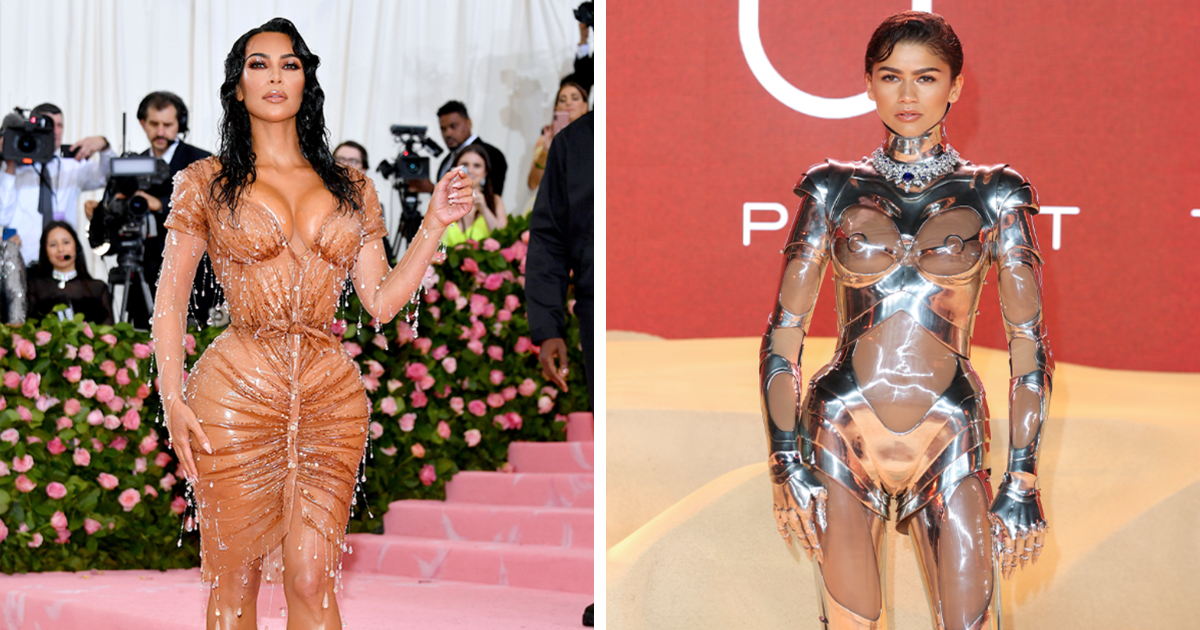Fashion Victims: When Red Carpet Glamour Turns into a Painful Style Statement

The Hidden Sacrifices of Fashion: Women's Unspoken Struggles
Throughout history, women have endured remarkable discomfort in the name of beauty and fashion. From restrictive corsets that squeezed their bodies to impossibly high heels that challenged their mobility, fashion has often demanded painful sacrifices from women.
Even today, the glamorous world of red carpet events masks the physical and emotional challenges behind those stunning outfits. While audiences marvel at celebrities' breathtaking ensembles, few recognize the discomfort and effort required to achieve such perfection.
Iconic fashion trends have long prioritized aesthetic appeal over women's comfort. Stiff collars that restricted movement, heavy wigs that strained necks, and constrictive clothing that limited breathing have been normalized throughout different historical periods.
Despite significant progress in fashion and women's rights, some challenging fashion norms persist. Women continue to navigate complex expectations, balancing personal style with societal pressures and personal comfort.
This ongoing narrative reveals not just a fashion story, but a broader commentary on women's resilience and the evolving standards of beauty and self-expression.
